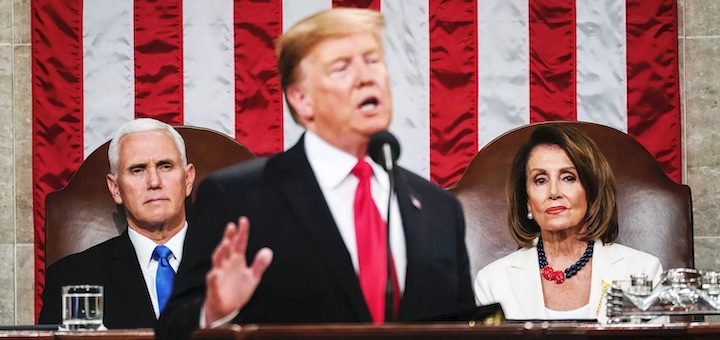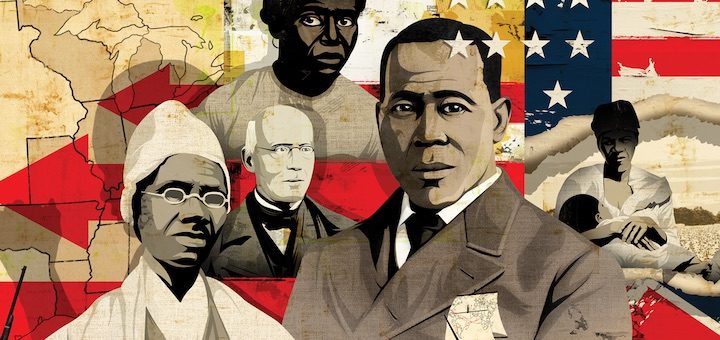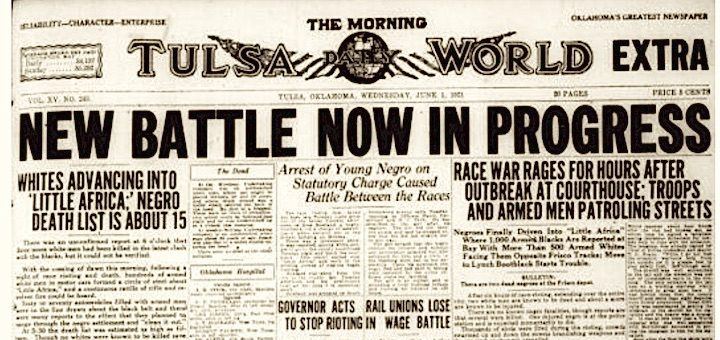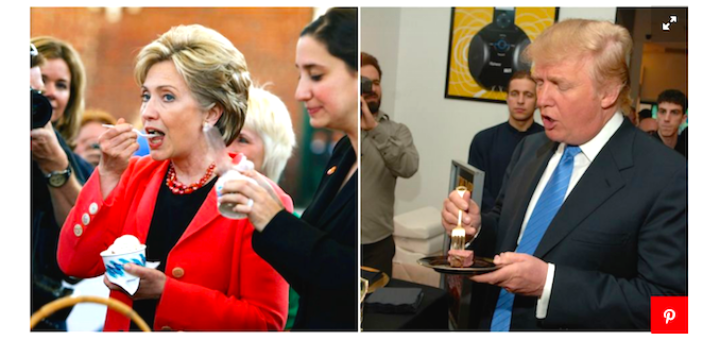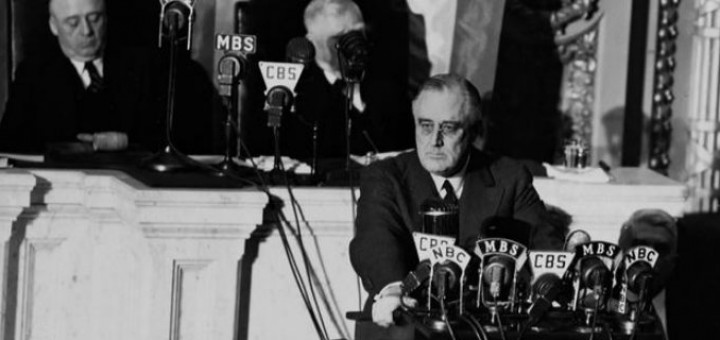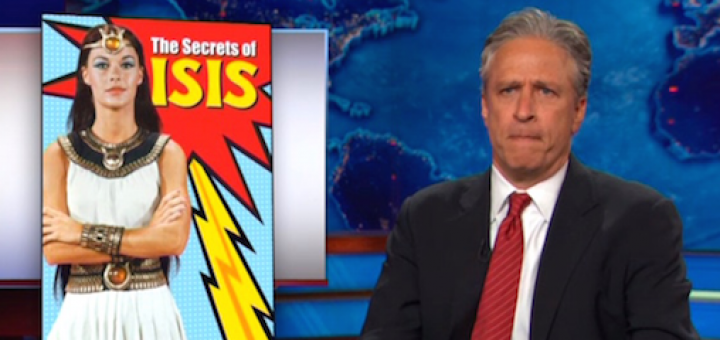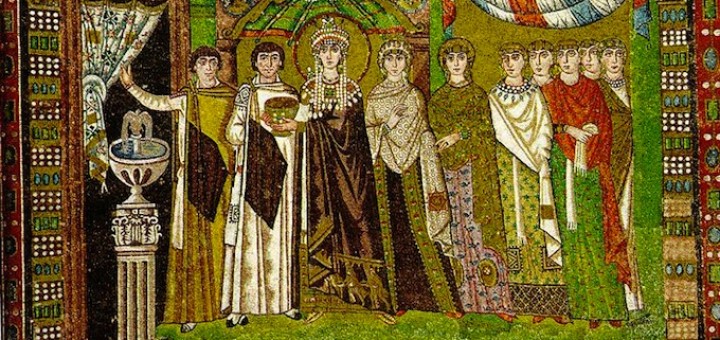Category: History & Current Events
Lauren Brown and Sarah Cooper conclude their 3-part exploration of what it means to teach U.S. History in 2020. With fall elections just ahead, they consider how to balance historical narrative and current events in classes that frequently reflect our divided nation.
How can social studies teachers sufficiently teach about systemic racism and oppression without making this lens the only way students see history and its connections to current events? Sarah Cooper and Lauren Brown continue their chat about teaching U.S. History in 2020.
The antiracist protests occurring across the country since the killing of George Floyd have led Lauren Brown and Sarah Cooper – two white female middle school social studies teachers – to consider even more deeply “how best to teach U.S. history.” Join the conversation.
This fall Sarah Cooper is taking her usual current events unit in a fresh direction using a favorite strategy: layering news from today and yesterday. To demonstrate, Cooper draws on everything from suffragette “campaign” quotes to a John Oliver clickbait tirade.
FDR’s “Four Freedoms” speech in 1941 versus Donald Trump’s debate performances this year: meaningful connection or unfair comparison? Sarah Cooper describes her recent lesson and presents her new ground rules for history and current event mashups.
Like many history teachers, Sarah Cooper begins her classes with a current events discussion. Sometimes it can be harrowing, “especially when acts of terror occupy the stage.” She reflects on ways teachers can help students cope through positive action.
Middle level students want to know how their studies relate to their lives, writes teacher-author Sarah Cooper. “The history we teach reaches them best when it involves novelty, humor, meaning, a sense of self, and a connection to the real world.”
How can busy history teachers incorporate current events into their lesson planning? Our new Future of History bloggers share their 4-part approach.

